CBSE Worksheet Class 4 EVS Chapter 3 - Nature Trail Free Download
| Table of contents |

|
| Multiple Choice Questions (MCQs) |

|
| Fill in the Blanks |

|
| True or False |

|
| Short Question Answers |

|
| Vocabulary Activity - "Guess the Word" |

|
| Match the Following |

|
Multiple Choice Questions (MCQs)
Q1: Who guides the students during their nature walk in Pachmarhi?
(a) The teacher
(b) Abha, a nature scientist
(c) Sarthak
(d) Arya
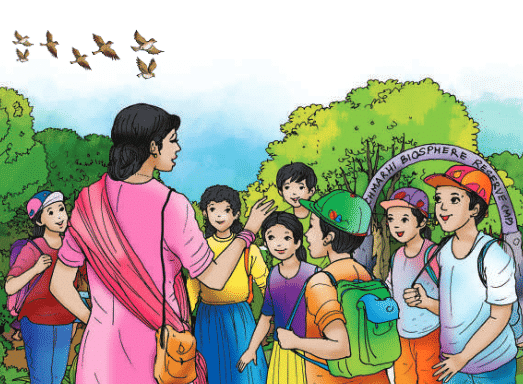
Q2: What is the name of the state animal of Tripura?
(a) Spectacled Monkey
(b) Indian Giant Squirrel
(c) Gharial
(d) Sunbird
Q3: What helps frogs live both on land and in water?
(a) Webbed feet
(b) Sharp claws
(c) Strong shells
(d) Long tails
Q4: What feature helps the gharial catch fish?
(a) A long, narrow, and pointed snout
(b) Webbed feet
(c) Strong claws
(d) A smooth shell
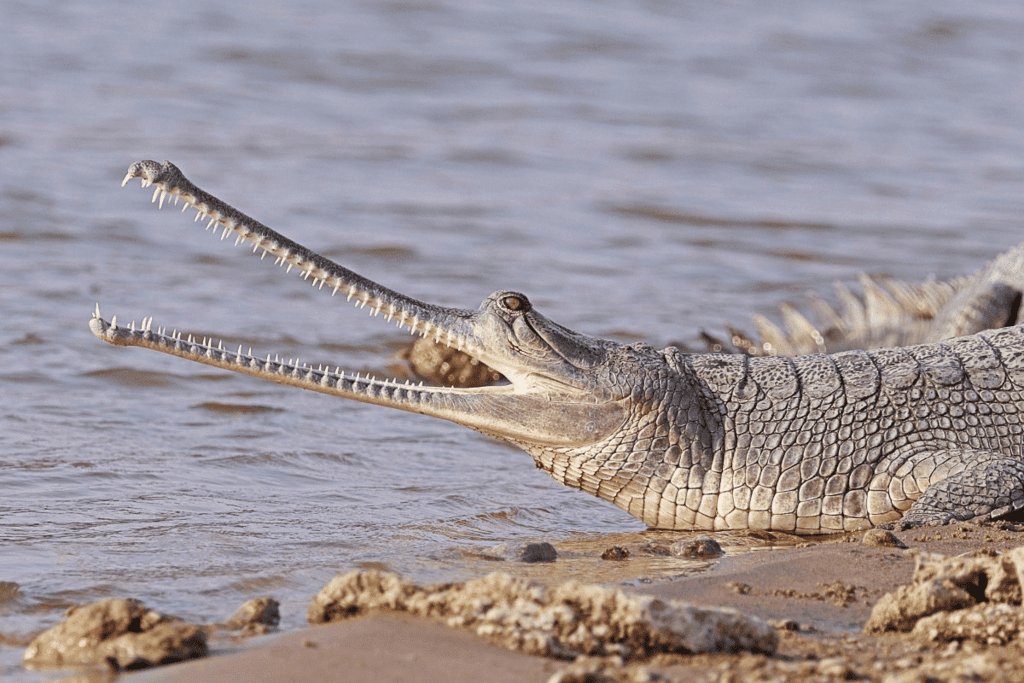 Gharial
Gharial
Q5: Which of the following insects has antennae to sense its surroundings?
(a) Butterfly
(b) Grasshopper
(c) Spider
(d) Beetle
Fill in the Blanks
Q1: The ________ has a large, red-coloured body and is found in Pachmarhi.
Q2. A ________ has a headgear growing out of its forehead, making it look like it is wearing a horn
Q3. The ________ is a tree with hanging roots that touch the ground.
Q4. The ________ has three pairs of legs and one pair of antennae.
Q5. ________ are the lines on a leaf that help in carrying water and nutrients.
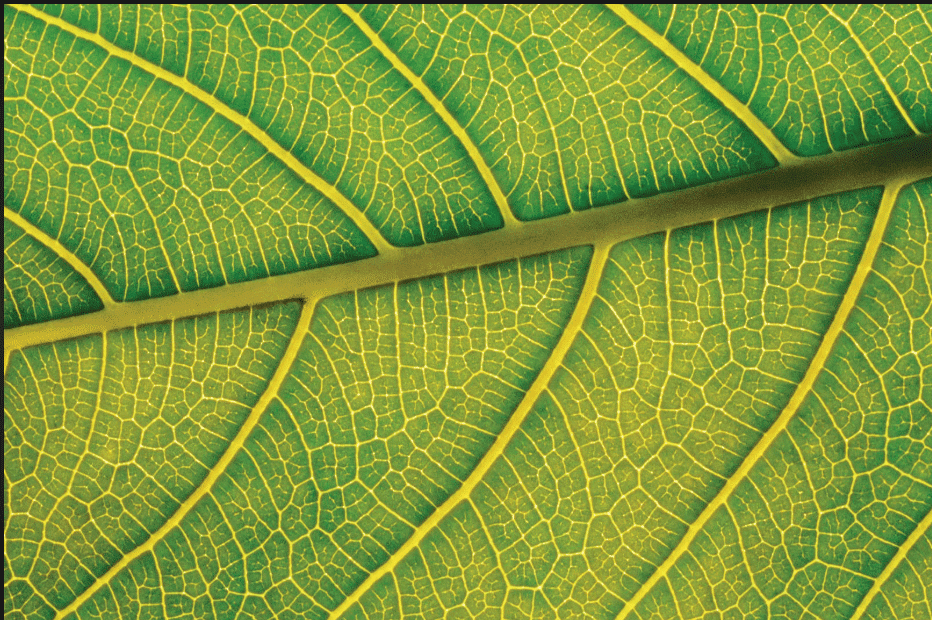 Veins of Leaf
Veins of Leaf
True or False
Q1. Insects, like grasshoppers, have two pairs of wings.
Q2. All animals in the forest live in harmony and do not depend on each other.
Q3. Birds like owls have sharp eyesight to help them see in the dark.
Q4. A Hornbill's beak helps it drink nectar from flowers.
Q5. Frogs can live only in water and cannot survive on land.
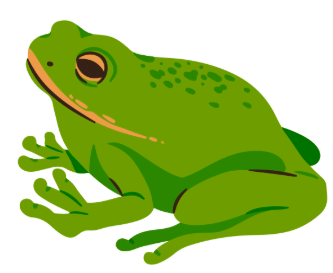 Frog
Frog
Short Question Answers
Q1: What are some of the safety rules to follow while visiting the forest?
Q2: What did the students observe about the birds during the nature walk?
Q3: What is the purpose of the 'Web of Life' game?
Q4: How do fish, gharials, and turtles adapt to their environments?
Q5: How does the 'Leaf Autograph' activity help students?
Vocabulary Activity - "Guess the Word"
Q1: A person who studies plants and animals.
Q2: The short, high sounds made by birds.
Q3: The sharp, curved nails on a bird’s or animal’s feet.
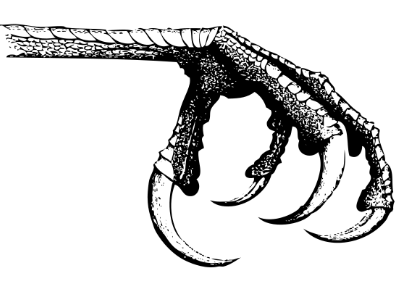 Claws of Bird
Claws of Bird
Q4: The hard, pointed structure of a bird's mouth used for feeding.
Q5: The marks left by an animal’s feet on the ground.
Match the Following
| Column A | Column B |
|---|---|
| 1. Hornbill | (a) Red and large squirrel found in Pachmarhi |
| 2. Indian Giant Squirrel | (b) Helps birds drink nectar from flowers |
| 3. Gharial | (c) Has a long, narrow snout to catch fish |
| 4. Grasshopper | (d) Has three pairs of legs and one pair of antennae |
| 5. Sunbird | (e) Has a long beak for feeding on nectar |
FAQs on CBSE Worksheet Class 4 EVS Chapter 3 - Nature Trail Free Download
| 1. What is the purpose of a nature trail? |  |
| 2. What can we learn from a nature trail? |  |
| 3. How can children benefit from exploring a nature trail? |  |
| 4. What types of activities can be done on a nature trail? |  |
| 5. How should one prepare for a visit to a nature trail? |  |





















